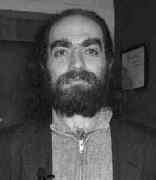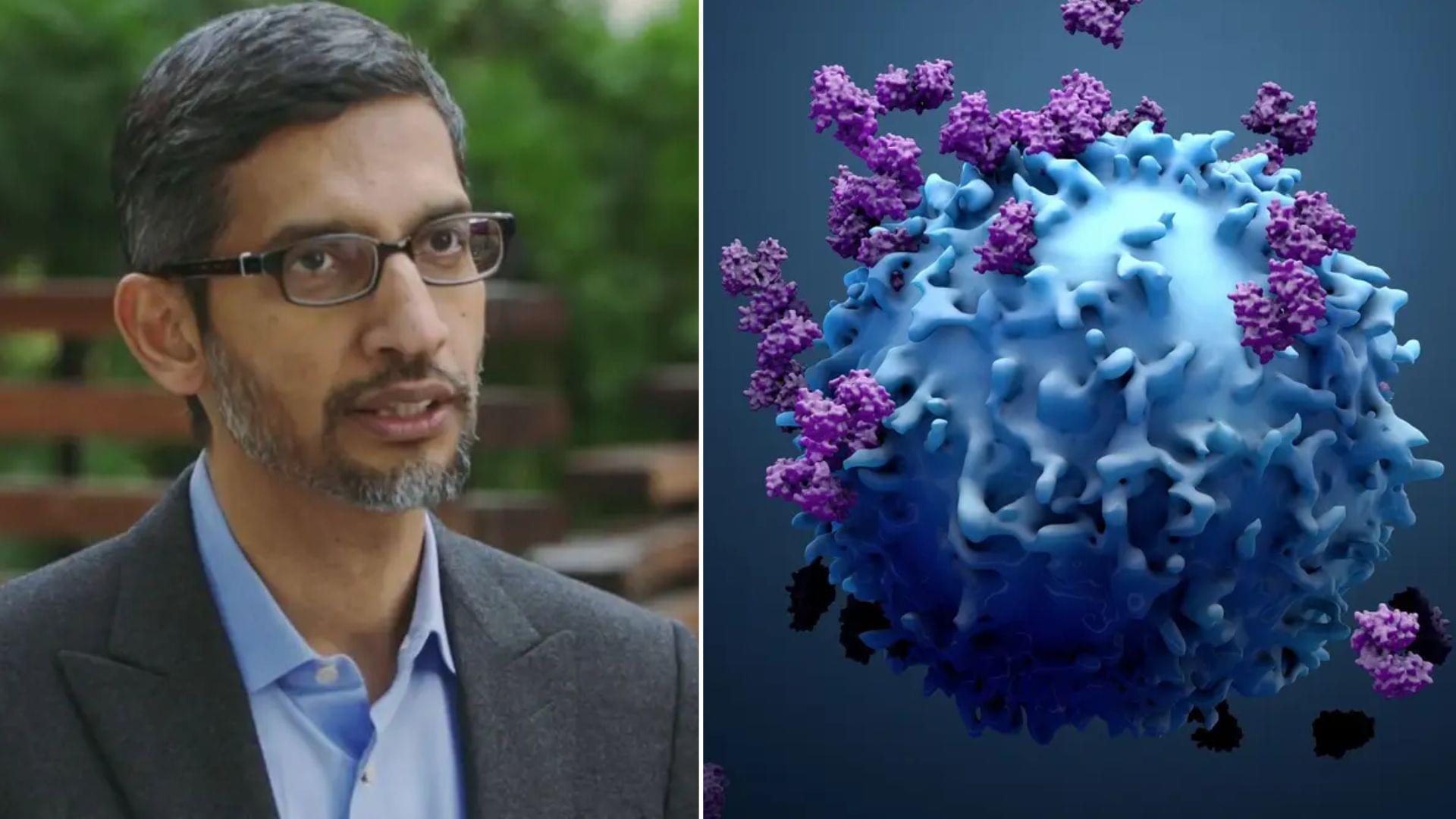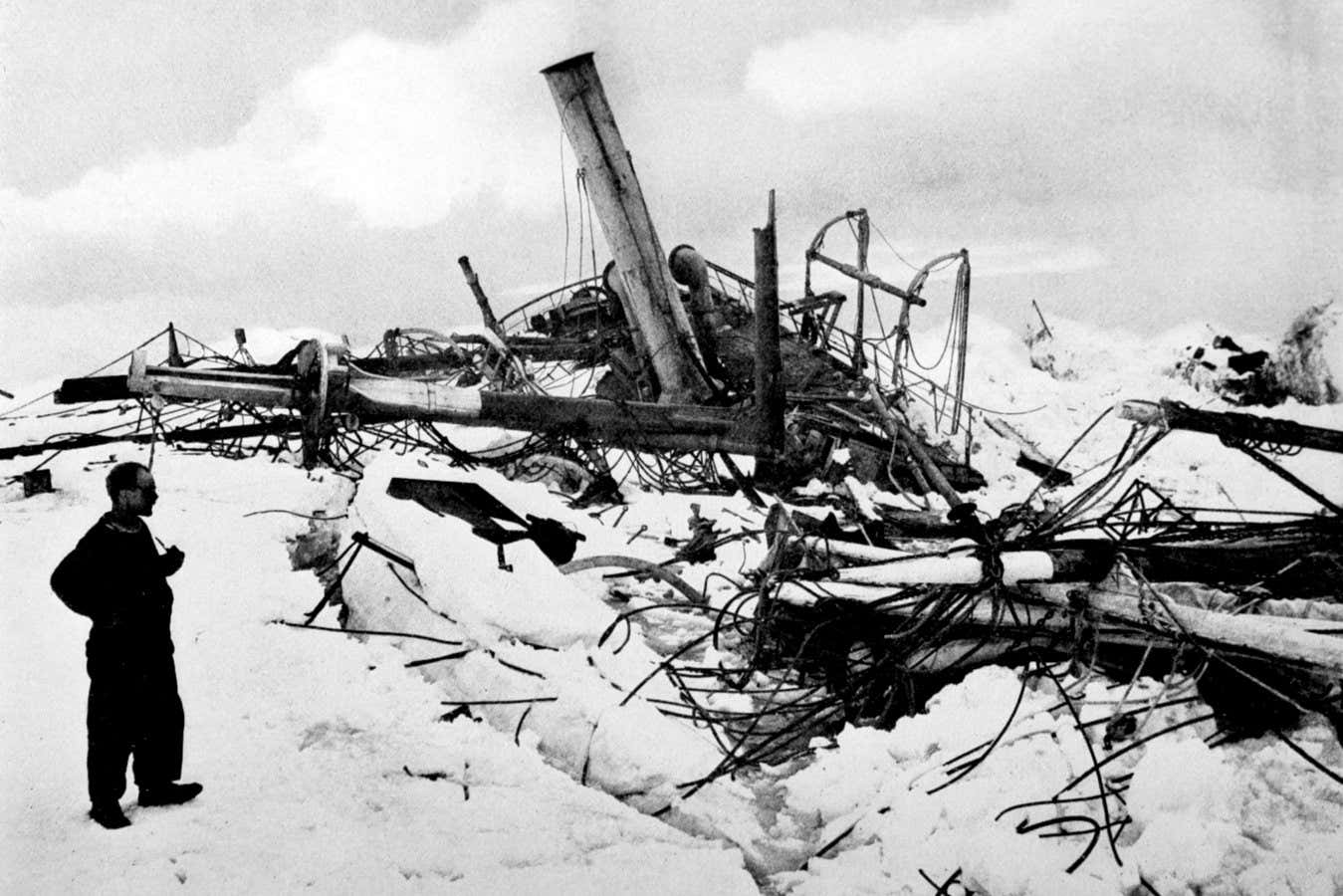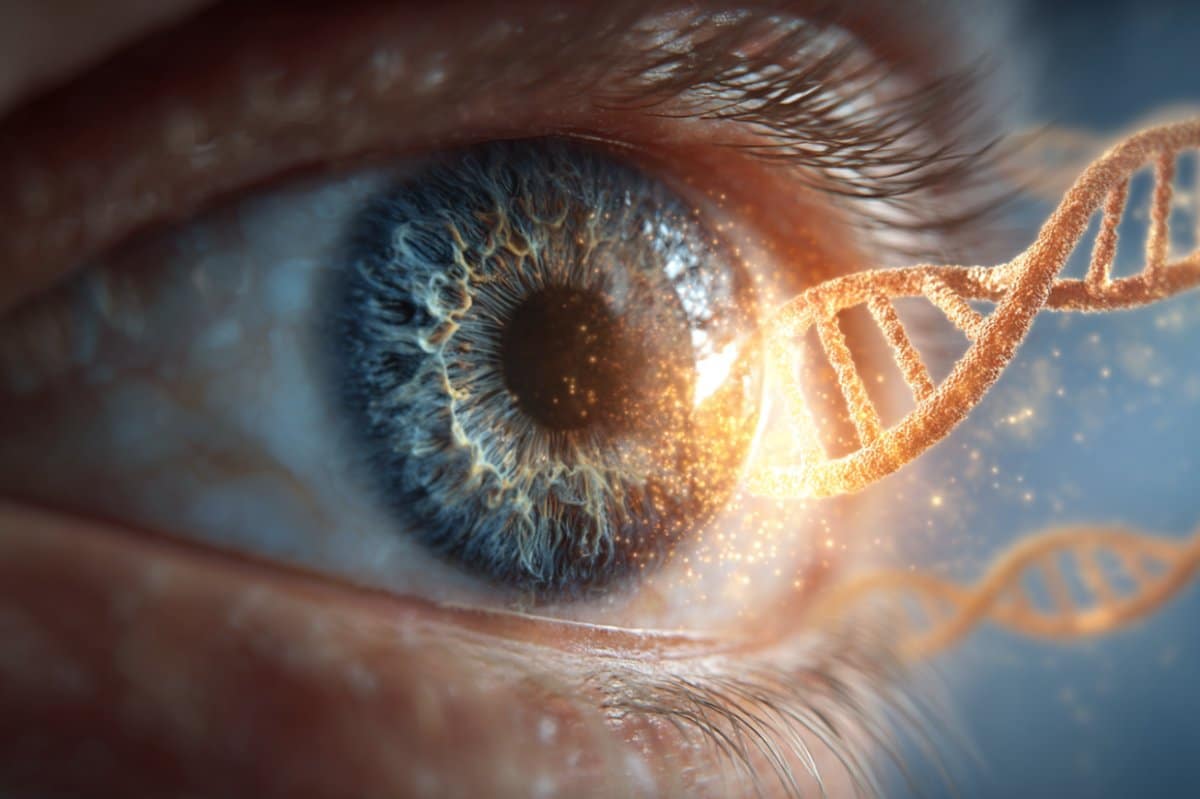In addition to strengthening the muscles, lungs, and heart, regular physical exercise also strengthens the immune system. This finding comes from a study of older adults with a history of endurance training, which involves prolonged physical activity such as long-distance running, cycling, swimming, rowing, and walking.
An international team of researchers analyzed the defense cells of these individuals and found that “natural killer” cells, which patrol the body against viruses and diseased cells, were more adaptable, less inflammatory, and metabolically more efficient.
The research, published in the journal Scientific Reports, investigated natural killer (NK) cells. NK cells are a type of white blood cell (lymphocyte) that can destroy infected and diseased cells, including cancer cells. They are at the forefront of the immune system because they detect and fight viruses and other pathogens. The researchers analyzed the cells of nine individuals with an average age of 64, divided into two groups: untrained and trained in endurance exercise.









